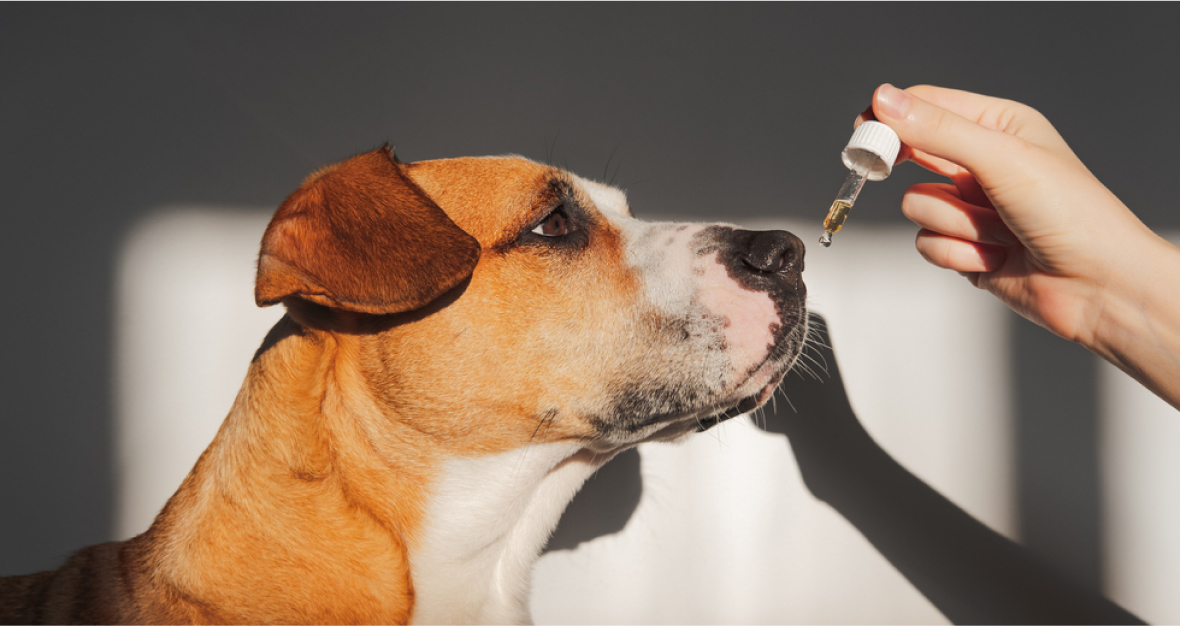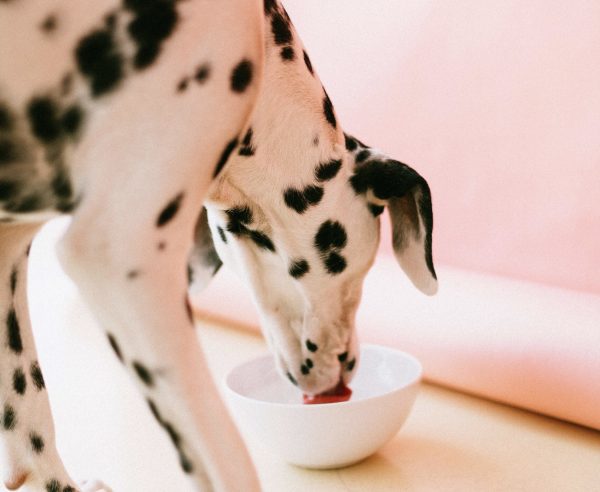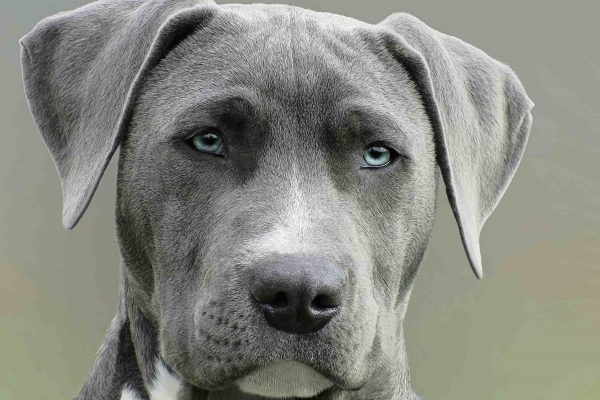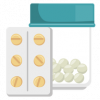Treatment

It is not a surprise that pet owners find Canine Parvovirus or Parvo as a devastating and a terrifying disease. Dog owners are even scared of receiving an initial diagnosis for their pals.
However, once an animal hospital unfortunately confirms that your pet gets the infection, the only thing that you can do is to manage the disease using several Parvo treatments. These include in-hospital fluid therapy, antibiotics, and probiotics.
Different therapies may be recommended on a case-by-case basis, depending on the level of severity and how early your dog has received the diagnosis. Parvovirus has a highly contagious and lethal nature. With that, it typically requires your dog to undergo hospitalization and aggressive treatment while in isolation.
Shedding
Shedding is the span where a host excretes the virus after a successful reproduction. In this case, the host can still transmit the virus to other animals through their feces before clinical symptoms develop and until fourteen days after treating these symptoms.
A dog may appear healthy despite having and shedding the virus. With that, it will be better to quarantine these dogs for at least two weeks after the treatment to avoid spreading the virus to other animals.According to the ASPCA, “Fourteen-day quarantines should only be undertaken if it is within the shelter’s capacity to do so humanely. Quarantine in foster care can be considered if appropriate biosecurity is feasible in the foster home. With appropriate monitoring and disclosure, proceeding with placement of exposed puppies can also be considered.”
Treatment At The Vet
There are several therapies that your veterinarian may use to treat your dog’s symptoms. These techniques include fluid and nutrient replenishment to treat severe vomiting and diarrhea, antibiotics, and other medications to combat the secondary illnesses that may result from Canine Parvovirus.
Fluids and Nutrient Replenishment

Parvo treatment significantly aims to restore fluid and electrolyte balance. As soon as the diagnosis for the dog has started, fluid therapy should begin immediately because vomiting and diarrhea can quickly dehydrate it.
After looking at blood samples, the use of fluids and supplements can address low blood sugar and low nutrient levels. Your veterinarian will most likely boost electrolyte levels and maintain blood pressure by administering fluids and potassium through an IV. Giving medicine through intravenous methods can be an alternative option in medicine intake because oral intake is not advisable due to vomiting.
If a dog is not responding to the traditional fluid therapy, your veterinarian may administer a blood plasma transfusion. This process is a more recent development for treating Parvo, and the procedure can be moderately costly.
Nevertheless, it can be very beneficial for expanding blood volume and replacing proteins that your dog has lost due to the disease. Plasma transfusion also contains antibodies (blood proteins created to fight foreign substances in the body) that work against Parvo and aid in more severe cases.
Antibiotics
Frequent diarrhea and vomiting caused by Parvo can negatively flush out good bacteria in the intestines of your dog. This process also causes minor cuts in the intestines, allowing the bacteria to leak into the bloodstream.
Doctors call this sepsis. They usually counteract it by administering antibiotics through injections. Some common prescription antibiotics include Cefazolin, Metronidazole, Cephalexin, Ampicillin, Gentamicin, and Trimethoprim-sulfa. For more detailed information about these antibiotics, check out our blog!
Dogs with a high risk of secondary bacterial infections will most likely undergo these treatments, and some veterinarians may also prescribe antacids (Troiano, 2017). Moreover, they can also use medications to hinder nausea and stop vomiting. With that, you can bring back the usual appetite of your dog.
There has not been a specific drug or medicine that can entirely kill Parvo. However, your dog needs to undergo treatments to support its body while building its immune system to fight off the virus.

At Home Care
A dog will require intensive and round-the-clock care from you to recover once it comes home from the animal hospital. It is crucial to assist your dog during the recovery process through dieting, medications, and other forms of care.
Probiotics

Your veterinarian will recommend giving your dog probiotics to replenish the normal intestinal flora (good bacteria) after the discharge from the animal hospital. Probiotics can help in restoring a dog’s gastrointestinal tract by balancing electrolytes and proteins in the bloodstream.
Probiotics become more crucial, especially when your dog underwent treatments with antibiotics that kill good and bad bacteria. Moreover, constant vomiting and diarrhea weakened the digestive system of your dog. With that, probiotics can also take the lead in absorbing nutrients again and digesting food.
To keep your dog as healthy as possible, try adding a safe and natural probiotic to your dog’s food.
Diet

The majority of animals will only eat a diet of bland, small meals. If your dog is vomiting and experiencing diarrhea, try offering your dog wet food. Wet food is easier to digest than kibble and has a higher fluid intake. You can also try to give your dog cooked chicken and rice.
Antibiotics

If your dog has been prescribed antibiotics, make sure you administer the whole prescription, even if your pup seems to be back to normal. Antibiotics can help treat secondary infections that may occur as a result of the disease.
Anti-Nausea Medications

Anti-nausea medications can help stop vomiting and increase a dog’s appetite. Continue a regimen of anti-nausea pills as instructed by your veterinarian until the dog can keep regular food down again. This process will usually take about a week or two.
Comfort

It will be better to give warmth to dogs that have undergone treatments and diagnosis with Parvo because they’re susceptible to secondary diseases. A nice warm dog bed could be ideal for your pup’s recovery.
In fact, Parvovirus can cause a dog to lose control of regulating its body temperature. So we suggest using a snuggie blanket to wrap your dog to ensure that your pal will be warm and comfortable once at home. Keep warm blankets on hand, especially after you bathe your dog, as your pet can become easily chilled after water exposure.
If your dog still cannot completely control its bowels, you may want to cover your floors with puppy pads to protect them from damage and contamination. You can either choose a disposable pee pad for easy clean-up or a washable one that you can always use.
Top 5 Frequently Asked Questions
It is necessary to ask a veterinarian to vaccinate your dog with Parvo shots. Getting the vaccine can be the best shield that will protect your dog from the virus. However, if your dog has not received its vaccine yet, it will be best to keep it away from places with other dogs, such as dog parks.
Curing your dog with Parvovirus is possible with proper treatment and recovery. Aside from that, it is also best to get vaccinated to prevent future infections.
Before purchasing antibiotics, you need to have a prescription from a licensed veterinarian. The most common antibiotics include Cefazolin, Metronidazole, Cephalexin, Ampicillin, Gentamicin, and Trimethoprim-sulfa.
Parvo vaccines enable your dog to have immunity to the disease. With that, it is unlikely for your dog to get Parvo again after recovering from it. However, veterinarians highly recommend that you get your dog regularly vaccinated for Parvo to prevent future contraction.
Treatments for Parvovirus require intensive and round-the-clock care with hospitalization, making it quite costly. Treating this viral disease is significantly more expensive than preventing it because medical expenses, including fluid transfusion, can add to your fees.
Other Frequently Asked Questions
Treating the symptoms of Canine Parvovirus, such as fever, vomiting, diarrhea, and dehydration can cost you around $500-$2,000. However, the expenses depend on the severity of the diseases and the veterinarian where your dog had treatments.
Expect that your dog may feel very tired and lethargic after several treatments. It will be best to follow after-care instructions from your veterinarian to help your dog feel better. These may include administering any medications, feeding a specific bland diet, and keeping your dog comfortable and in a quiet area of your home. Your dog may continue to shed the virus in its feces after treatment, so continue to clean and disinfect places your dog touched.



